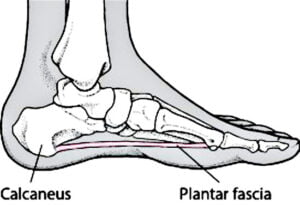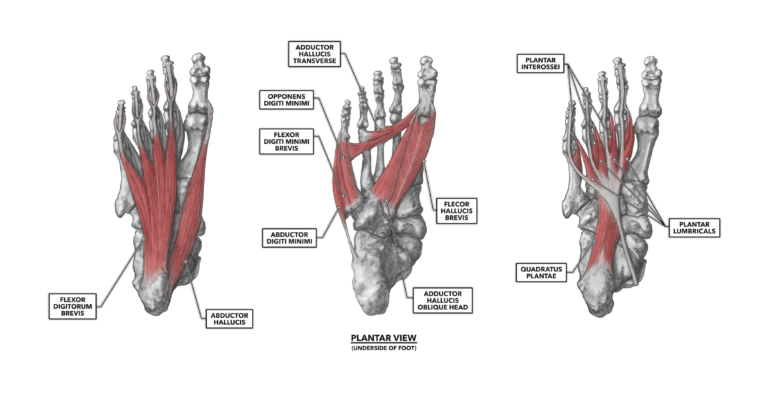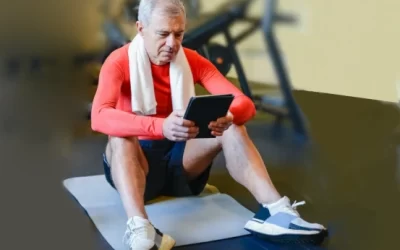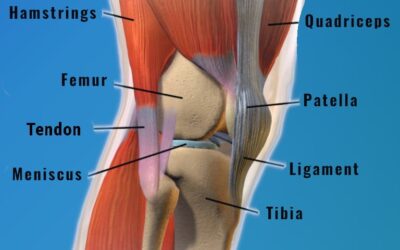Planter fasciitis’ impact
One in ten Americans will experience plantar heel pain during their lifetime. At any given time, five million Americans are being treated for plantar fasciitis. The economic burden is an estimated $284 million annually, accounting for approximately 15 percent of the medical visits related to foot pain.
What is Plantar fasciitis
Plantar fasciitis is inflammation of the plantar fascia, a thick band of tissue that spans across the bottom of the foot and connects the heel bone to the toes. Symptoms usually involve stabbing pain to the heel area and is often worse in the morning or after a lot of activity. Many websites say the cause of plantar fasciitis is poorly understood. In some cases, this may be true, but if we learn what the plantar fascia does it may help us understand why so many people suffer from this problem!

The plantar fascia helps support the arch-of-the-foot and acts as a shock absorber during functional activities such as walking, running, jumping. Excessive or repetitive stress, usually tensile forces on the fascia, can lead to irritation, inflammation, and small tears. Plantar fasciitis is more common in runners and the overweight or obese population.
Well, this makes sense! Runners are repetitively stressing the fascia, and those who are overweight, are putting excessive stress on theirs. But what about the millions of people who suffer from heel pain and are neither runners or obese? Could there be something else going on?
Regular exercise is the key
As a society, we are becoming more demanding for quick fixes and things that make life easier, but is this always a good thing? What if a doctor, physical therapist, or infomercial told you to wear a back brace all day every day to support your back? Hopefully your response would be: “Won’t that eventually make my core muscles weak? Won’t that make me dependent on the back brace? But if I don’t use it, I’ll lose it!” All of these responses are appropriate. So, why don’t we think of our feet the same way?
We have three layers of muscles on the bottom of the foot that support the arch and help with balance. When 90% of the time, we wear shoes with the “best” arch support money can buy, it is the same scenario as the back brace.
Shoes are doing the job of those muscles, and overtime, they will become weak! Most people have no idea their feet are weak because they have no pain (YET) and have no reason to investigate. But think about how many people do exercises specifically to strengthen their feet? Not many, if any at all.

We are becoming a people of weak feet!
Now, with these latent weak feet one is more likely to stress the fascia with a normally non-noxious activity because the muscles aren’t holding up their end of the bargain. So, should we all throw our shoes and inserts in the trash and walk around barefoot 24/7? ABSOLUTELY NOT! Shoes and arch supports, just like the back brace, should not be demonized, but should be used along with regular exercise to enhance our function and for protection. Not to be dependent on them! Of course, if I am on my feet all day, I want a comfortable and supportive shoe. If I’m a marathon runner, I want a shoe that will assist with shock absorption.
The point is, in addition to appropriate footwear, EVERYONE would benefit from consistent foot strengthening. Exercise improves dynamic arch support and helps to reduce excessive force on the plantar fascia intrinsically…thus kissing plantar fasciitis goodbye with a one-two punch!





0 Comments